4 reasons to buy iPhone 15 over iPhone 16 — and what you’re giving up
Is the older iPhone worth the $100 savings?
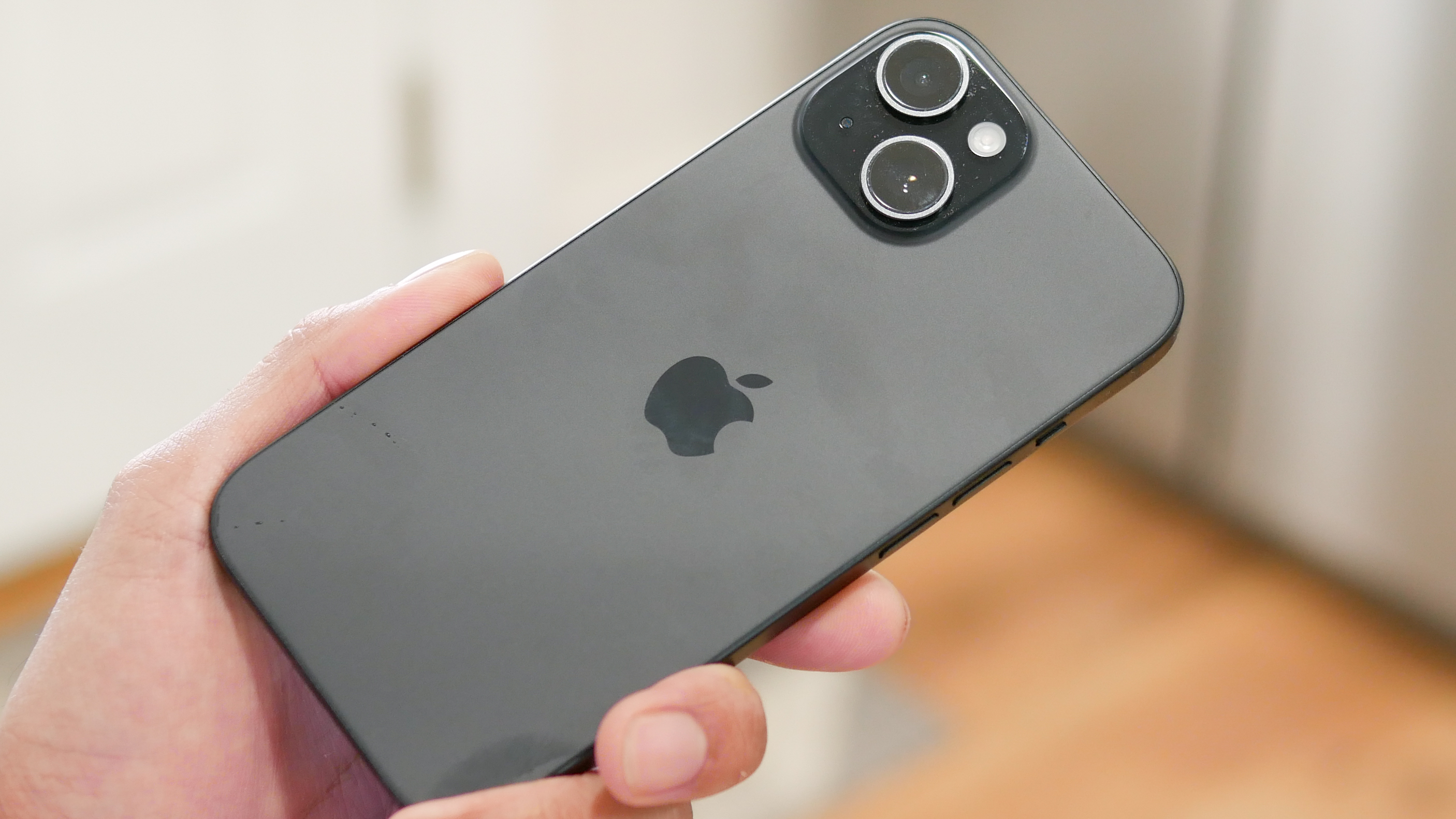
Apple's new iPhones arrive in stores a week from now, and you can already place your iPhone 16 pre-orders. But as much excitement as there may be around the iPhone 16 and iPhone 16 Pro models, they're not the only devices in Apple's phone lineup.
When Apple launches new handsets, it reshuffles that lineup, keeping some of the best iPhones from previous years around. That's the case now, with both the iPhone 15 and iPhone 14 — along with their respective Plus variants — remaining on sale but at reduced prices.
Specifically, the iPhone 15 now starts at $699 — a $100 decrease from what it cost when it launched in 2023. The same goes for the iPhone 15 Plus, which is now available for $799. Meanwhile, the iPhone 14 and iPhone 14 Plus — which saw $100 price cuts of their own last fall — are dropping in price again to $599 and $699, respectively.
The vast majority of people looking for a new iPhone are understandably going to flock to the new iPhone 16 models. But would it make sense for some shoppers to also consider the discounted older iPhones? In some instances, it would.
Here's a look at the case to be made of buying an older iPhone, such as the iPhone 15 or iPhone 15 Plus, instead of the iPhone 16.
The case for the iPhone 15
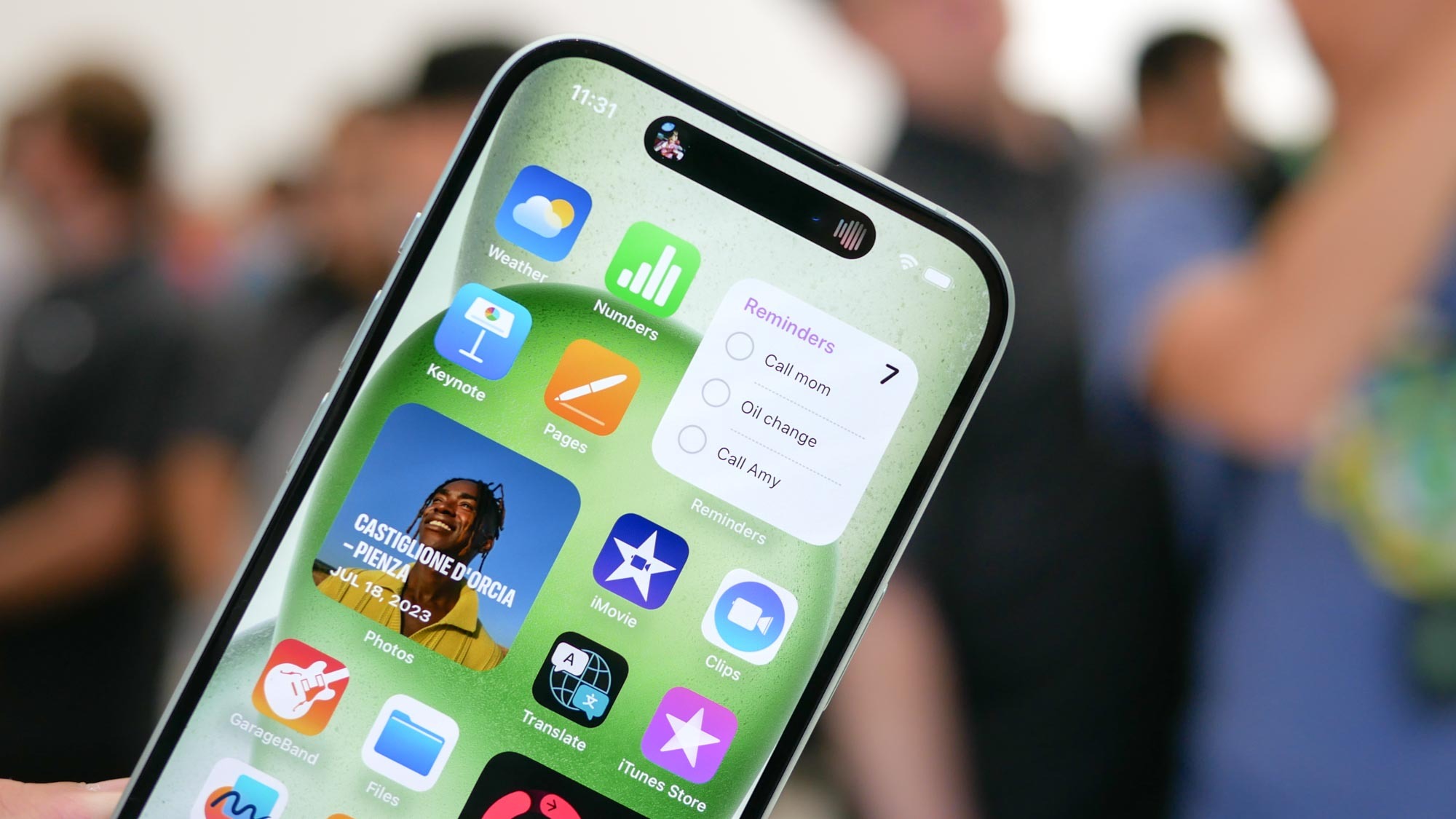
Obviously, the trade-off for a lower price instead of newer features isn't one a lot of people will be willing to make. But if you are mulling an iPhone 16 vs. iPhone 15 debate, these are the arguments for choosing Apple's older, less expensive phone.
For the most part, the cameras are the same: Apple made a change to the ultrawide camera with the iPhone 16 — we'll talk more about that in the next section — but the main camera on the new phone is the same one Apple introduced with the iPhone 15. And if the main camera is the one you use almost exclusively, you're going to get very similar photos from that 48MP shooter. Like the iPhone 16, the iPhone 15 can also crop in on shots with that main camera, producing the equivalent of a 2x optical-quality zoom on close-ups.
Sign up to get the BEST of Tom's Guide direct to your inbox.
Get instant access to breaking news, the hottest reviews, great deals and helpful tips.
You only sacrifice some design improvements: The iPhone 16 gains an Action button and a Camera Control button, and these are some noteworthy additions. We're particularly impressed by the Camera Control, which should make it easier to launch and control the camera with swipes and presses.
Still, if you've survived this long without either button, you can probably get along without them if it means buying a cheaper phone. Besides, the truly important design changes are already in place with the iPhone 15. It's got the USB-C port instead of a Lightning port, and it got rid of the notch in favor of Apple's Dynamic Island feature. That means more screen space, and a better way of keeping tabs on live activities like delivery times and sports scores.
You'll still get great battery life: Apple has said the iPhone 16 models will last a long time on a charge, a claim we'll need to test before we can verify it. But battery life has been a particular strength of the iPhone 15 lineup, particularly if you're focused on the iPhone 15 Plus.
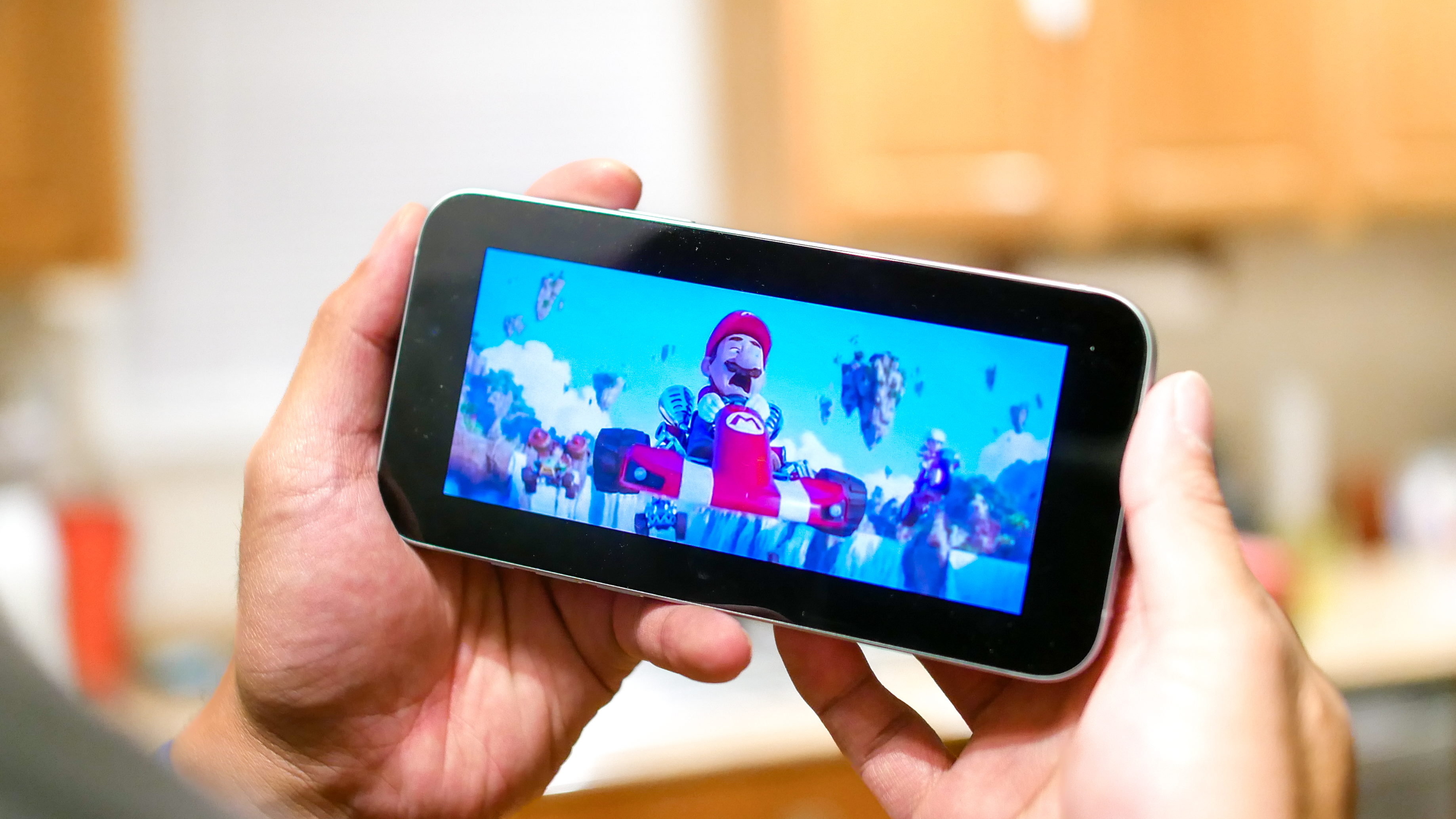
In fact, the Plus model turned in the best time of any iPhone we've ever tested. lasting more than 14 hours when we had it surf the web continuously over cellular and earning a spot on our best phone battery life list. The iPhone 15 didn't last as long — its smaller size restricts how big a battery Apple can use — but it held out for more than 11 hours, which is well ahead of the average result for the smartphones we test.
The A16 Bionic chipset is a solid performer: We'll stipulate that the A18 silicon powering the new iPhones is going to outperform the A16 system-on-chip that the remaining iPhone 15 models use. In fact, Apple claims a 30% improvement in CPU speeds and a 40% faster GPU compared to the A16 Bionic.
You may notice that improvement in every day use, or you may not. But the that extra boost worth $100 to you? Probably not enough on its own.
The case against the iPhone 15
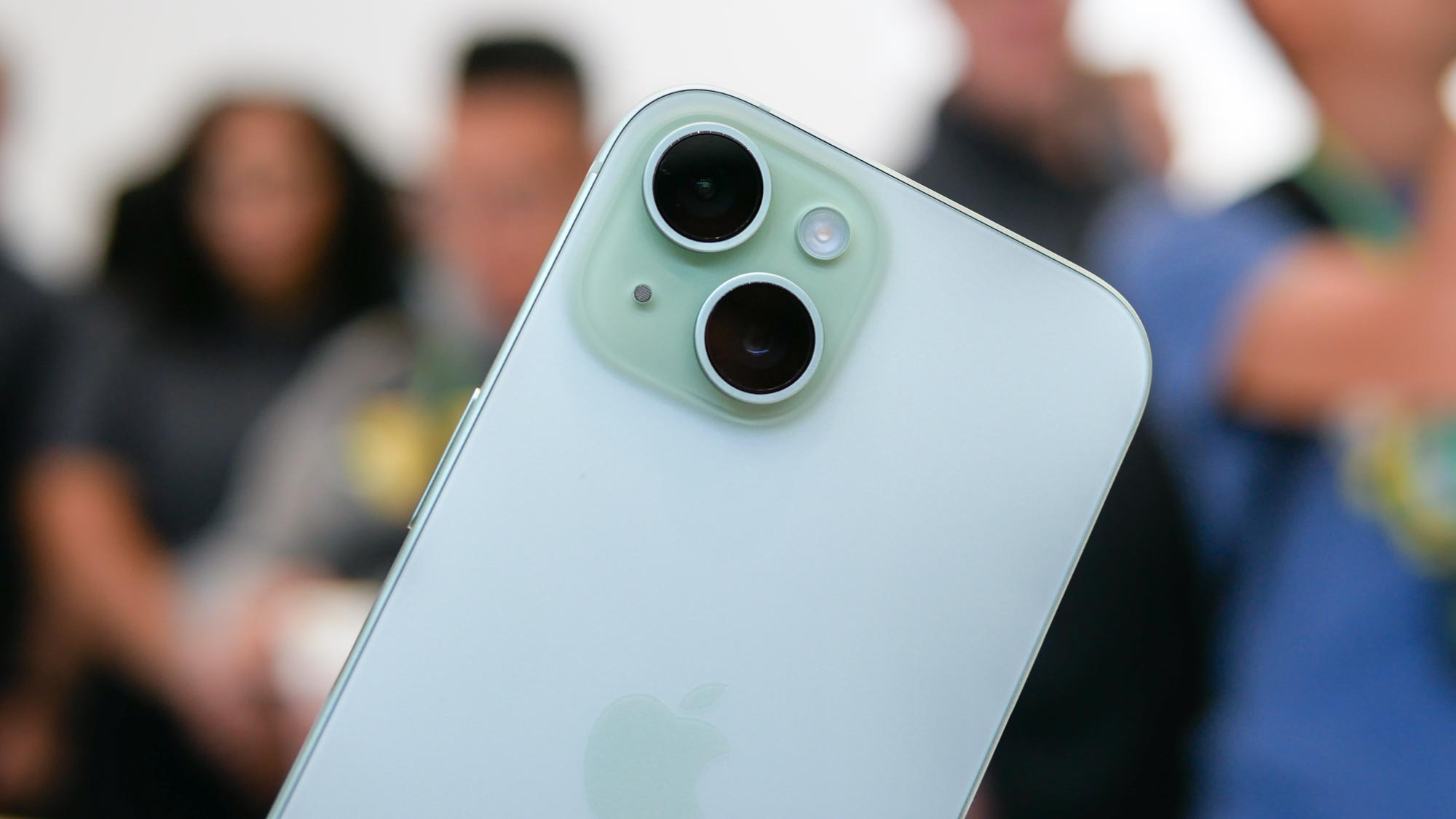
As good as the iPhone 15 is, there are some ways that it comes up short against the iPhone 16 that you just can't wave away.
No Apple Intelligence support: This is probably the biggest argument against opting for any older iPhone, save for any iPhone 15 Pro models you might still find on sale. The AI-powered Apple Intelligence features coming to the iPhone next month require an A17 Pro chipset or later, and the standard iPhone 15 just doesn't have the horsepower.
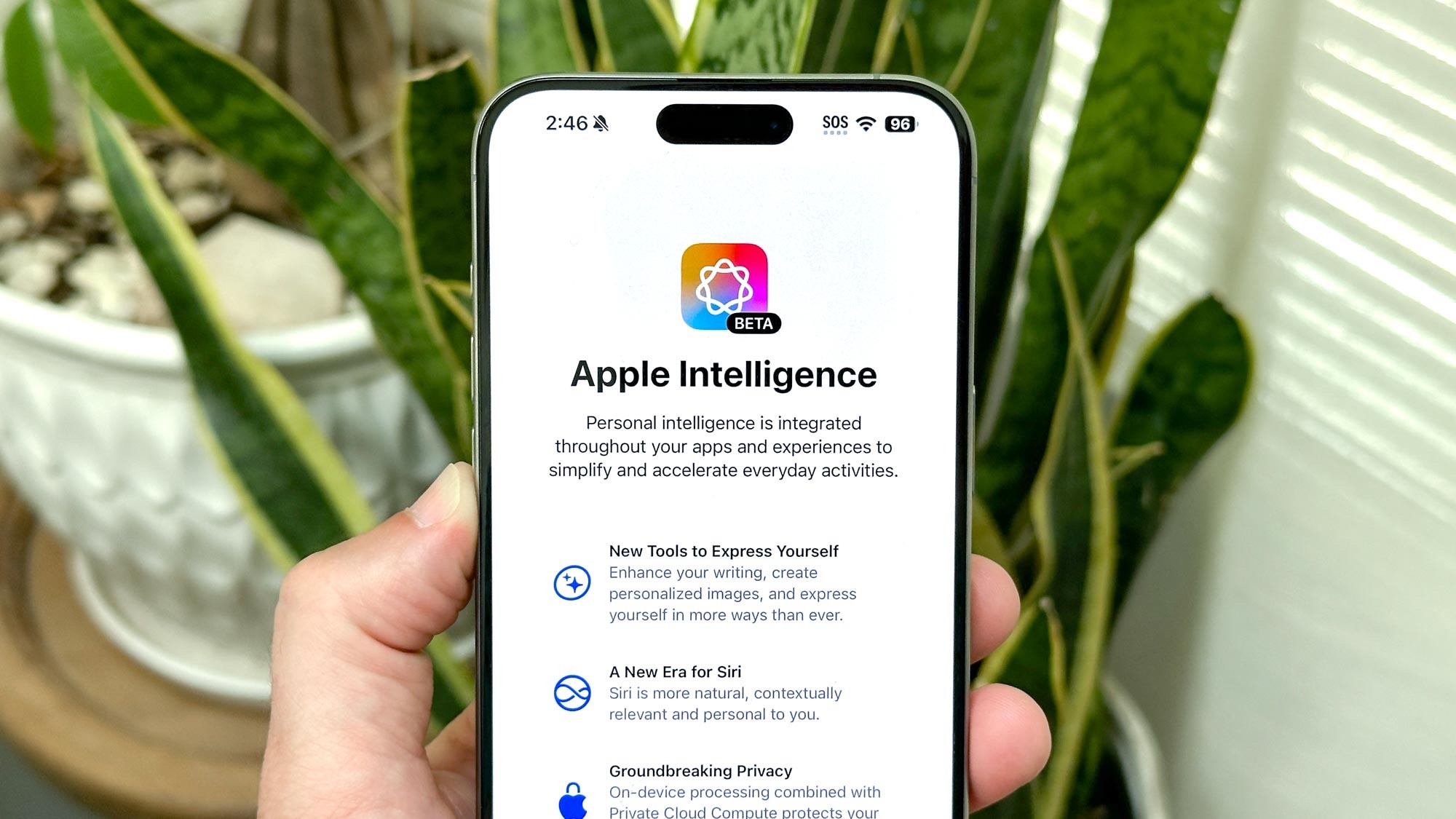
Now you could argue that Apple Intelligence is still in the early stages and the initial writing tools, image generation features and Siri overhaul aren't must-have capabilities that you'd pay up for. But if you commit to an iPhone 15, there's no chance of Apple Intelligence ever coming to your phone, and you'd need to accept that before making your purchase.
No spatial video support: The iPhone 16 rearranges the rear camera lenses so that they're stacked on top of each other, as opposed to the diagonal layout of the iPhone 15 lenses. This is more than just an aesthetic change — it enables the iPhone 16 and iPhone 16 Plus to capture spatial video to view on the Apple Vision Pro or other VR headsets.
Spatial video includes a depth you don't get with ordinary video, making you feel like the action is unfolding right in front of you when you view it on a headset. To give that effect, you need to record video on both the main and ultrawide cameras simultaneously, something that doesn't work unless the lenses are stacked on top of each other.
If you have no intention of ever watching spatial video, then this isn't that much of a sacrifice. But it's still a limitation of the iPhone 15 you need to be aware of.

The improved ultrawide camera: The iPhone 16's ultrawide sensor is still 12MP, just like the the iPhone 15's camera. But Apple's newer phone has a physically larger sensor that collects more light, so low-light images shot with the ultrawide camera on the iPhone 16 should look better than those on the iPhone 15. The new ultrawide camera also comes with autofocus and support for a macro photo mode — two things you can't do on an iPhone 15.
No significant discount on an iPhone 16 Plus: Even with a $100 price cut, the iPhone 15 Plus costs exactly as much as an iPhone 15. Yes, you get a larger screen and what we assume is a longer-lasting battery. But you are getting fewer features for the same price as the newer model.
What about the iPhone 14?
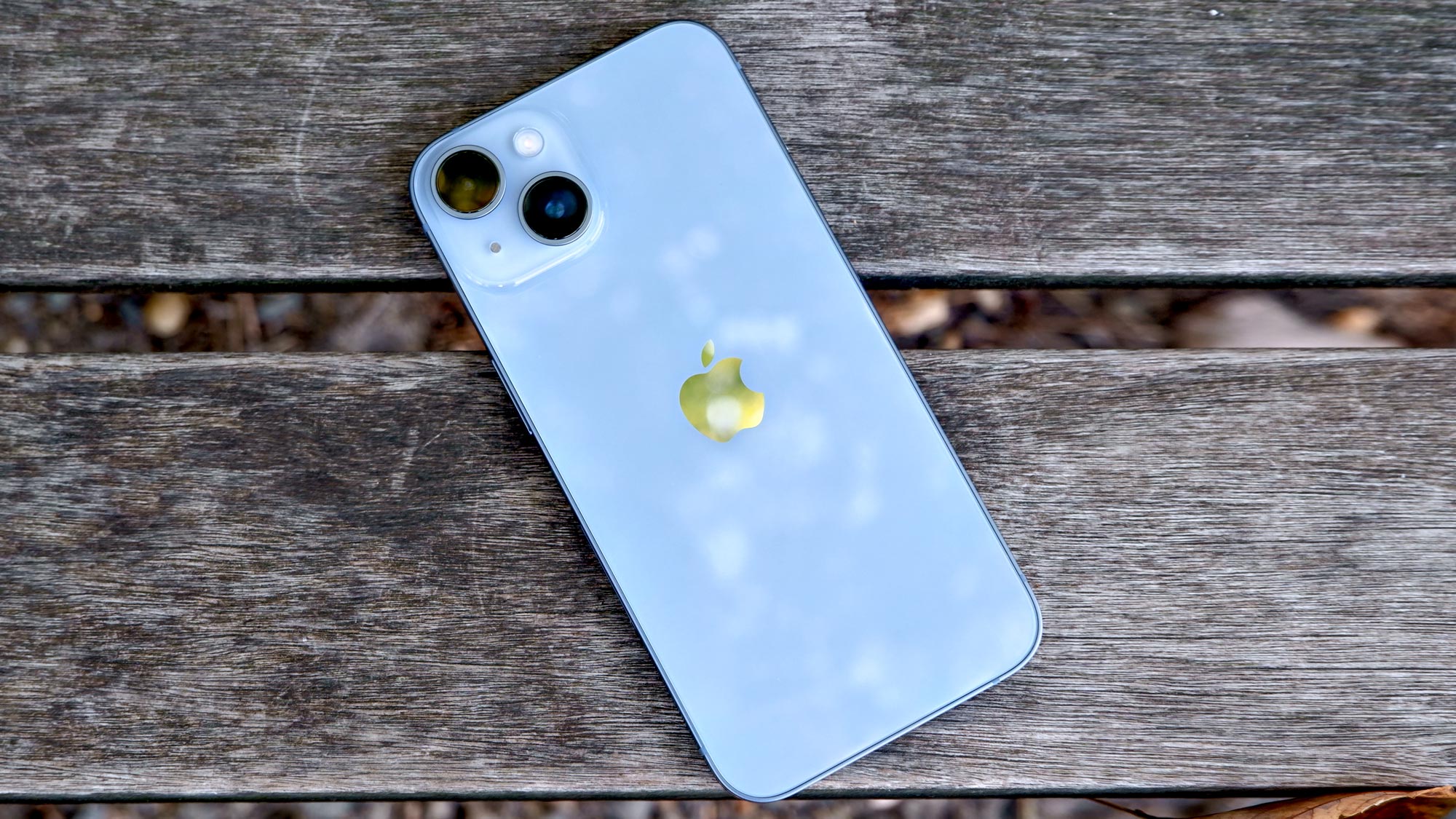
We'll be frank here — it's very hard to justify buying an iPhone 14 instead of an iPhone 16 at this point. Not only do the same arguments we've made against opting for the iPhone 15 apply here, but you also miss out on the improvements Apple made to last year's phones. That means no 48MP main camera and no Dynamic Island feature. The A15 Bionic powering the iPhone 14 figures to be even further behind the iPhone 16's A18 silicon in terms of performance and power efficiency.
Really, the best case for the iPhone 14 is its cost. You'll get a reasonable capable iPhone for less than $600. And you'd save at least $200 over the cost of a new model. If your budget demands a cheaper iPhone, then the iPhone 14 or the iPhone SE 2022 are your best options. Otherwise, you'd be better off with the features offered by a newer iPhone.
More from Tom's Guide
Philip Michaels is a Managing Editor at Tom's Guide. He's been covering personal technology since 1999 and was in the building when Steve Jobs showed off the iPhone for the first time. He's been evaluating smartphones since that first iPhone debuted in 2007, and he's been following phone carriers and smartphone plans since 2015. He has strong opinions about Apple, the Oakland Athletics, old movies and proper butchery techniques. Follow him at @PhilipMichaels.

